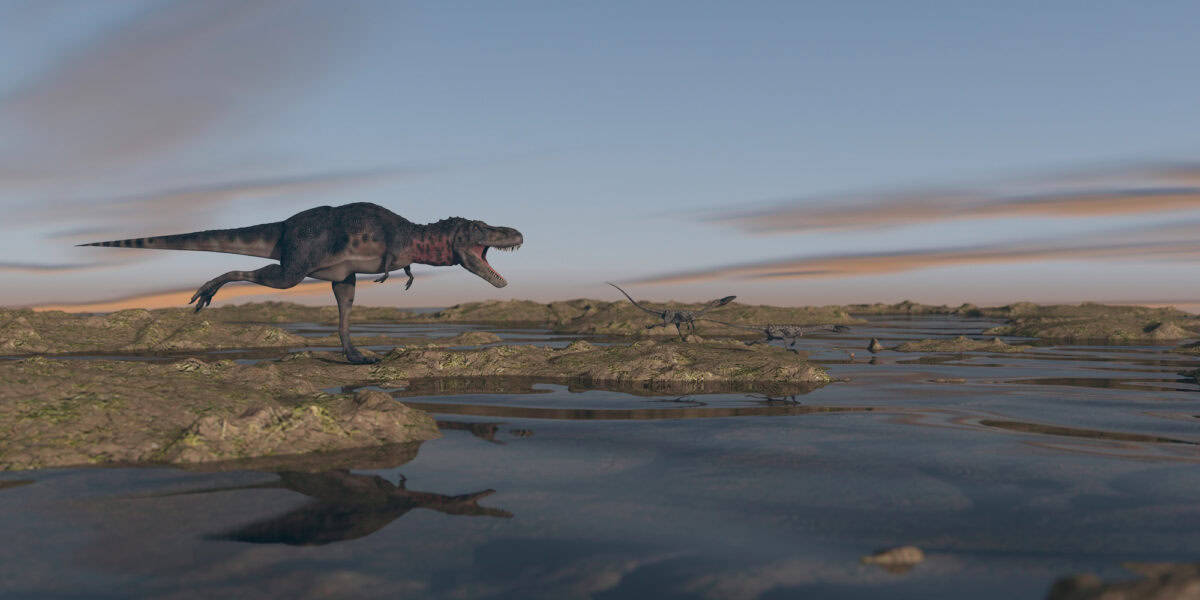Long before humans charted the oceans, a fascinating array of marine reptiles dominated the prehistoric seas. Often misclassified as “marine dinosaurs,” these fearsome creatures were not true dinosaurs but rather distinct forms of reptiles adapted to life in the water. Through millions of years, a wide variety of these reptiles emerged, each exhibiting unique adaptations that made them formidable predators. This article explores 15 of the deadliest marine reptiles that once roamed our planet’s oceans.
1. Mosasaurus
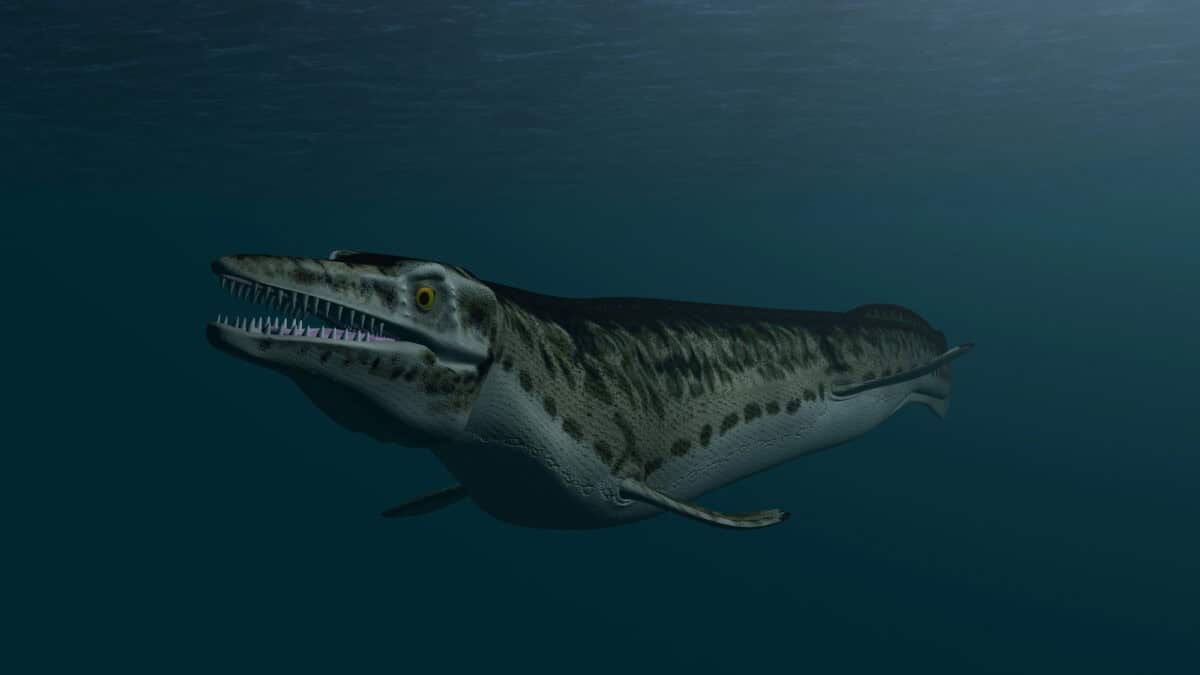
Mosasaurus was an apex predator of the late Cretaceous period, growing up to 50 feet in length. Equipped with powerful jaws and conical teeth, this marine reptile could easily crush the shells of ammonites and turtles or grasp slippery prey such as sharks and other marine reptiles. Its serpentine body and strong tail allowed it to move swiftly through the water, making it one of the deadliest hunters of its time.
2. Plesiosaurus
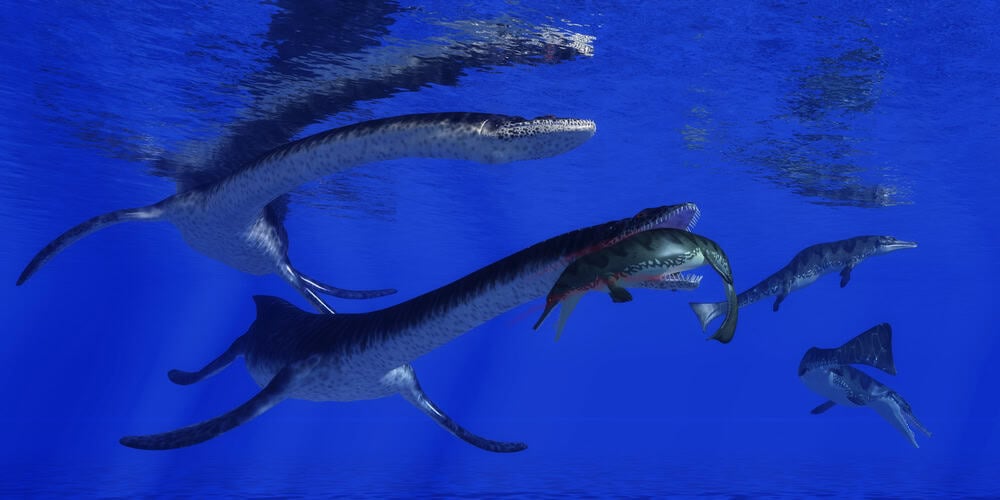
Famed for its long neck and small head, Plesiosaurus was a highly efficient hunter. Though not as large as some marine reptiles, its voracious appetite and ability to ambush prey from a distance made it particularly deadly. Its limbs had evolved into paddles, granting it graceful mobility to pursue fish and squid-like creatures in Jurassic waters.
3. Liopleurodon

This fearsome predator of the Jurassic seas was characterized by its enormous size, with estimates ranging up to 25 meters (82 feet) in length. Liopleurodon’s massive, toothy jaws could exert immense force, allowing it to tackle large prey, including other marine reptiles. Its streamlined body and immense flippers made it an adept swimmer, capable of quick bursts of speed to capture elusive prey.
4. Kronosaurus

Kronosaurus was one of the largest pliosaurs, estimated at 30 to 33 feet long. Named after the leader of the Greek Titans, this reptile boasted an impressive set of teeth, about 30 centimetres (12 inches) long. Its massive head comprised nearly a third of its body length, making it a lethal predator that could take down other marine reptiles and fish with relative ease.
5. Tylosaurus

Tylosaurus was another giant member of the mosasaurs, comparable in size to the Mosasaurus itself. With a sleek body and powerful flippers, it could pursue fast-swimming prey, and its elongated snout was ideal for snatching fish, birds, and other reptiles from the water. Fossil evidence suggests a diet that included nearly everything in its habitat, highlighting its role as an apex predator.
6. Ichthyosaurus

Ichthyosaurus resembled modern dolphins in shape but held a more frightening reputation. Although typically smaller in comparison to the monstrous pliosaurs and mosasaurs, they were fast swimmers with a streamlined body ideal for pursuing fish and squid. Their conical teeth were expert at capturing slippery prey.
7. Pliosaurus
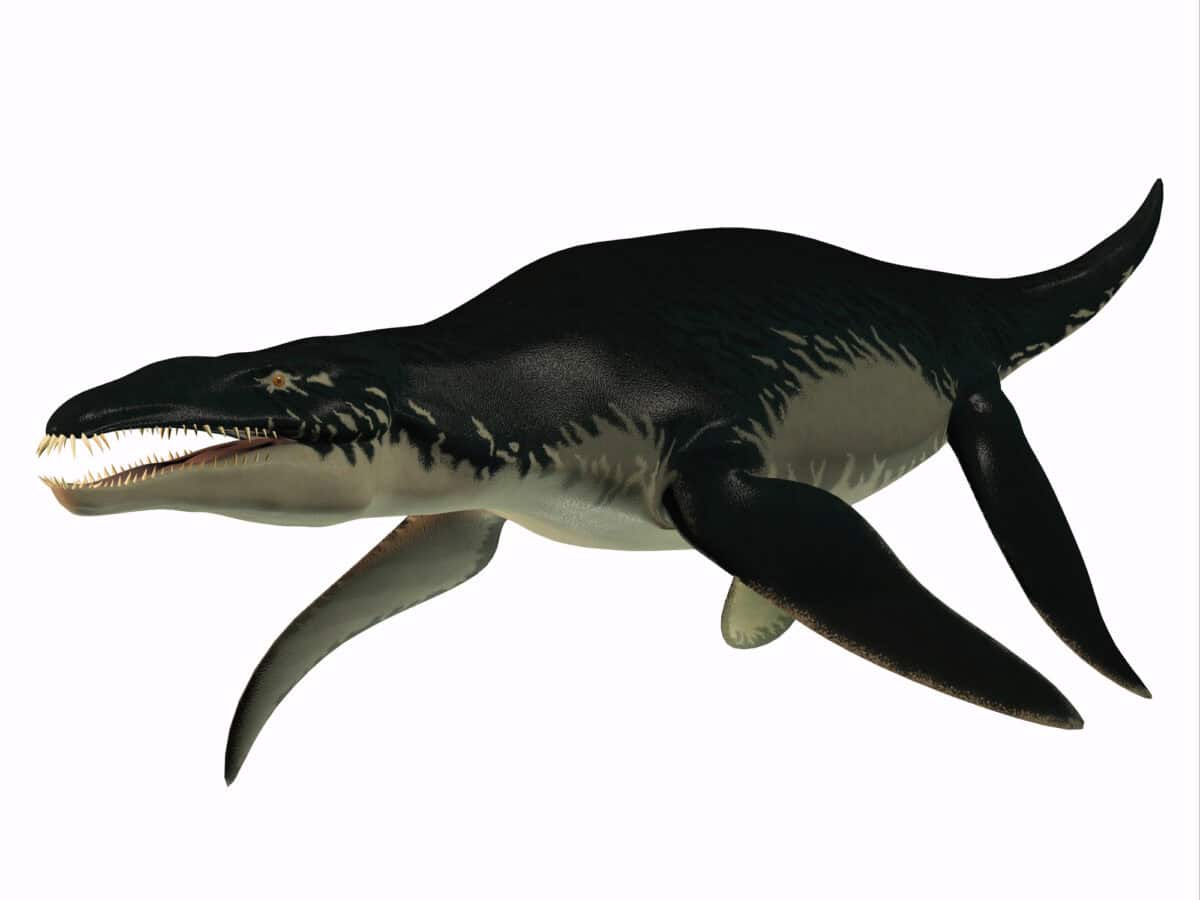
Keenly adapted for ambushing prey, Pliosaurus boasted a large, aerodynamic skull with massive jaw strength. While estimates of its size vary, some species could reach lengths of up to 40 feet or more. Pliosaurus fed on large prey, including other marine reptiles, leveraging its immense size and jaw power to secure dominance in mid-Jurassic seas.
8. Basilosaurus
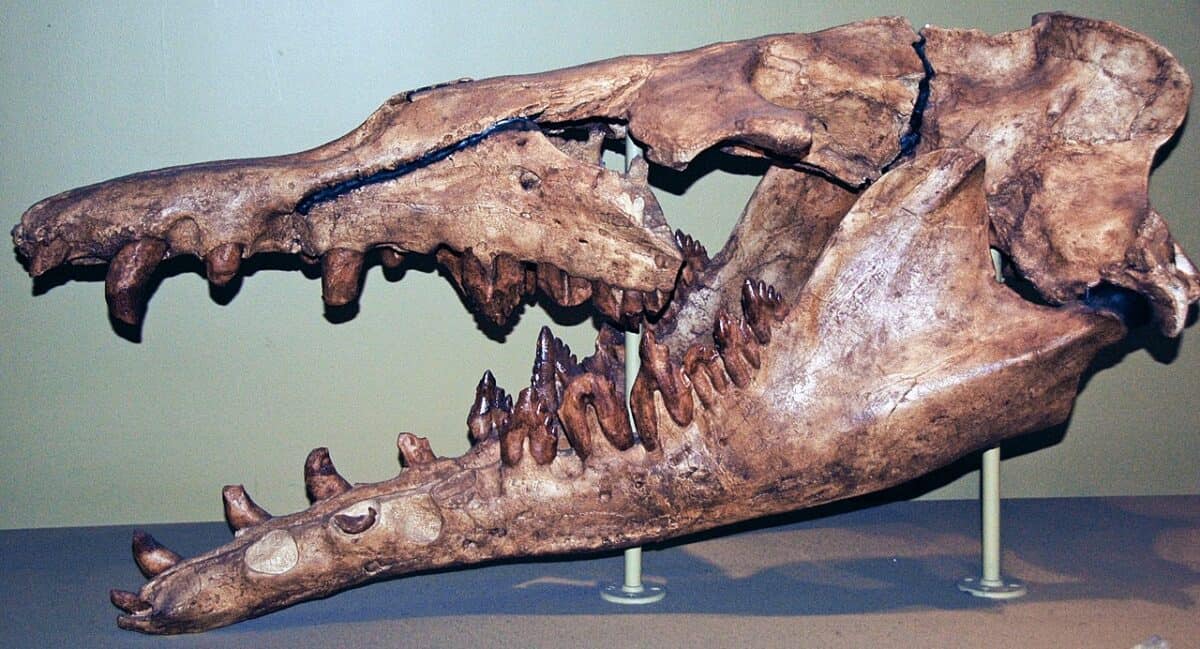
Although technically a primitive whale rather than a reptile, Basilosaurus deserves mention due to its predatory dominance and unusual proportions during the late Eocene epoch. Reaching lengths of 59 to 66 feet, it had elongated serpentine bodies and razor-sharp teeth, suggesting it was a top predator that fed on large fish and other sea creatures.
9. Mauisaurus
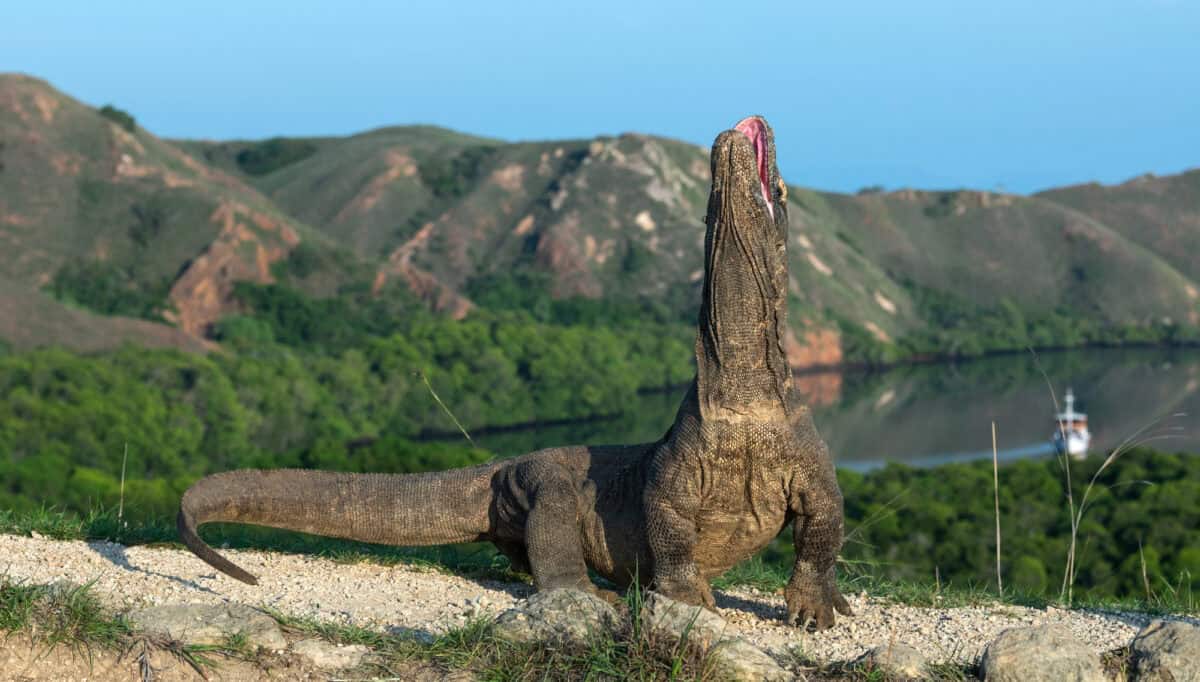
Named after the Maori god Maui, Mauisaurus inhabited the seas around modern-day New Zealand. It possessed an elongated neck similar to that of Plesiosaurus but was considerably larger, reaching around 26 feet in length. Its impressive neck allowed Mauisaurus to surprise prey from a distance, emerging as a proficient predator in the marine ecosystem.
10. Shonisaurus
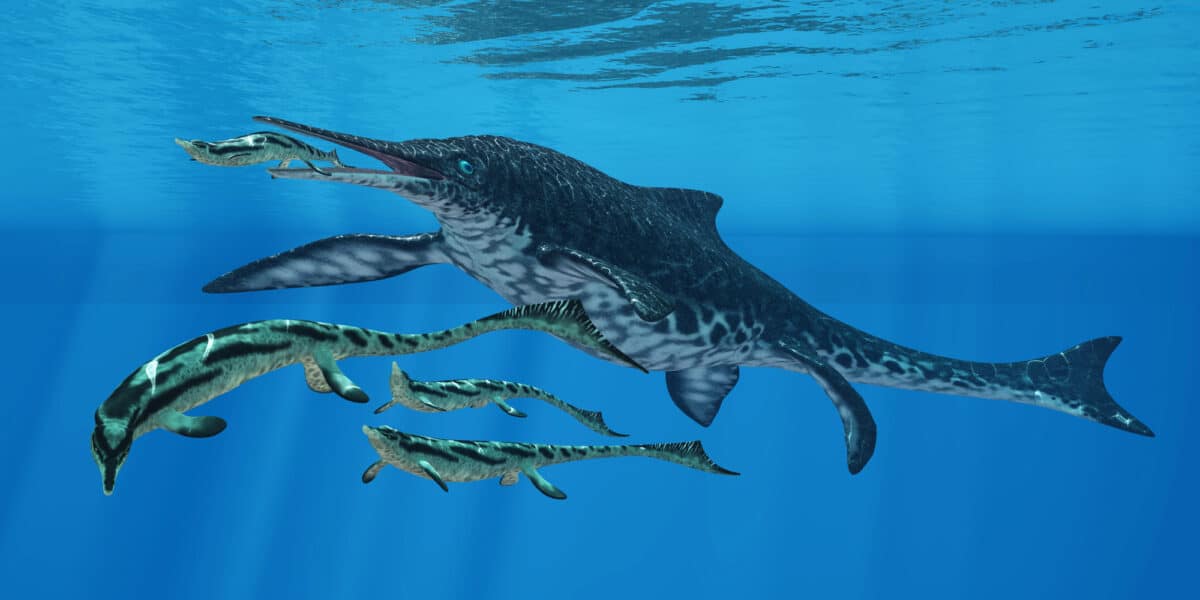
Among the largest ichthyosaurs, Shonisaurus exhibited a length exceeding 50 feet and thrived primarily in the Triassic period. Despite its size, its toothless beak was more suited for suction feeding, ingesting smaller prey like fish and cephalopods, suggesting a specialized yet powerful niche in its marine environment.
11. Elasmosaurus

Famed for its extraordinarily long neck, which could consist of nearly 50 vertebrae, Elasmosaurus measured around 34 feet in length. Its neck allowed it to stealthily approach prey in the Cretaceous seas. This piscivorous reptile utilized rapid strike tactics to capture fish and small marine creatures.
12. Temnodontosaurus
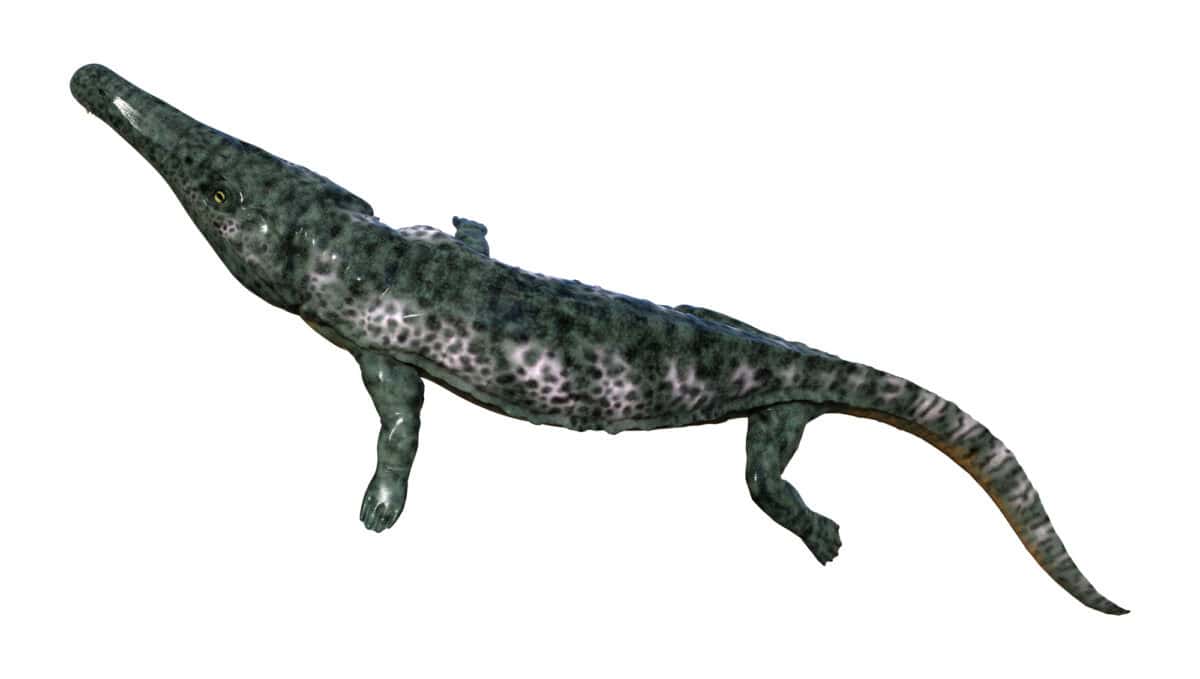
Temnodontosaurus, a member of the ichthyosaur family, was a dominant predator of the early Jurassic period. With a substantial size of up to 39 feet, it possessed a robust skull and large eyes, enhancing its predatory efficiency in the dim light of deeper waters. Its varied diet likely included fish, ammonites, and smaller marine reptiles.
13. Prognathodon
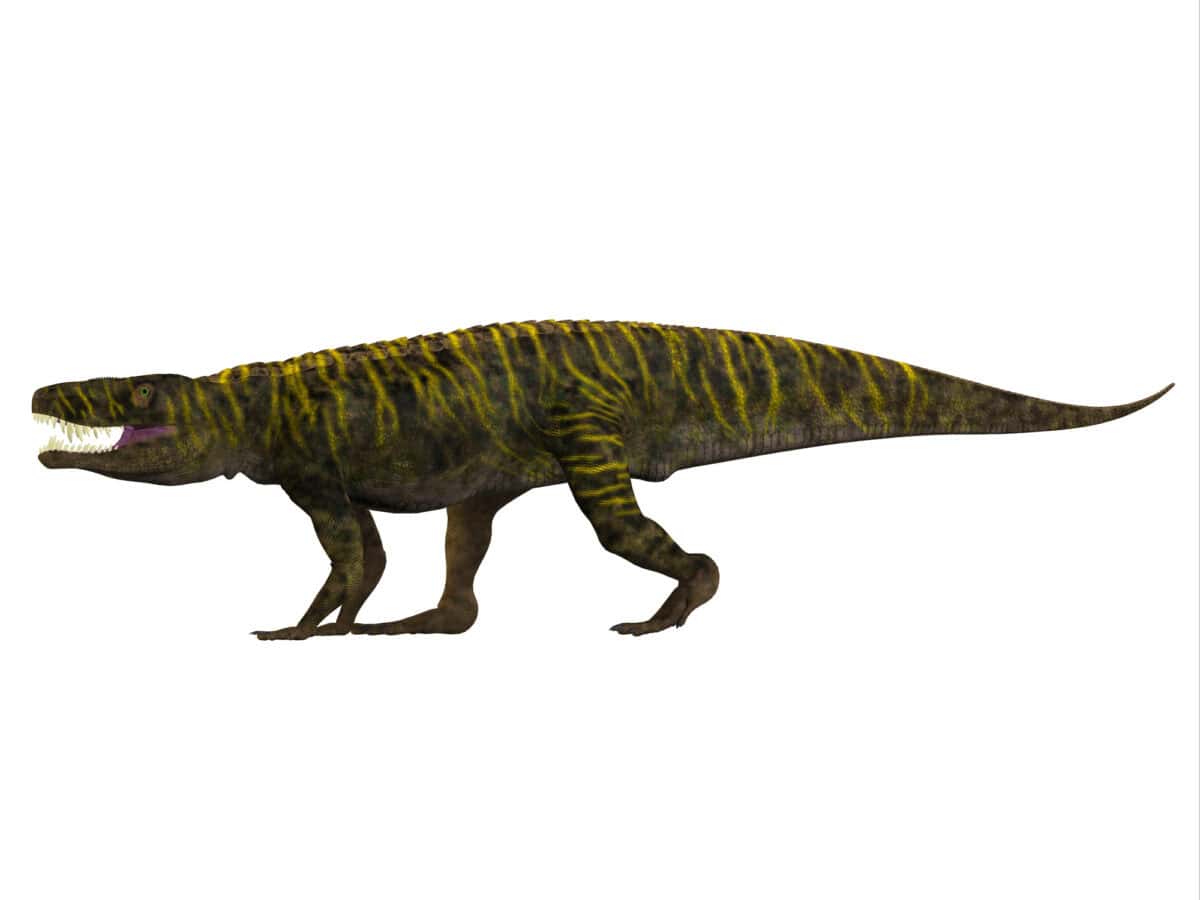
A cousin to the more renowned Mosasaurus, Prognathodon displayed unique adaptations such as blunt, crushing teeth. Ranging around 30 feet in length, it was capable of crushing hard-shelled prey like ammonites and turtles, making it a different but equally lethal presence in the Late Cretaceous seas.
14. Nothosaurus

This relatively smaller Triassic marine reptile, typically around 10 feet, was one of the early representatives of what would become the mighty plesiosaurs. Though smaller, its agility and dual-purpose limb adaptations for swimming and crawling enabled it to hunt both in water and possibly nearshore areas, feeding on fish and small reptiles.
15. Dakosaurus

Dakosaurus retained a morphology akin to prehistoric crocodiles but adapted for life in marine environments during the late Jurassic. Its large, serrated teeth facilitated a diet of fish and marine reptiles, where it exhibited hunting strategies paralleling those of large terrestrial predators. Its powerful tail and streamlined body made it an expert swimmer.
Conclusion: The Legacy of Prehistoric Marine Reptiles

The diversity and adaptations of prehistoric marine reptiles reflect a world where survival demanded fierce predation and remarkable evolution. These formidable creatures, ranging from the massive Mosasaurus to the serpentine Elasmosaurus, highlight the awe-inspiring variety of life that once thrived in the Earth’s oceans. Understanding these ancient predators provides valuable insight into the evolutionary pressures and environmental conditions that shaped life in the sea throughout Earth’s history.
- 14 Dog Breeds That Love to Cuddle - August 9, 2025
- 11 Signs Your Horse Might Be Bored - August 9, 2025
- Jurassic World Dominion Dinosaurs - August 9, 2025

